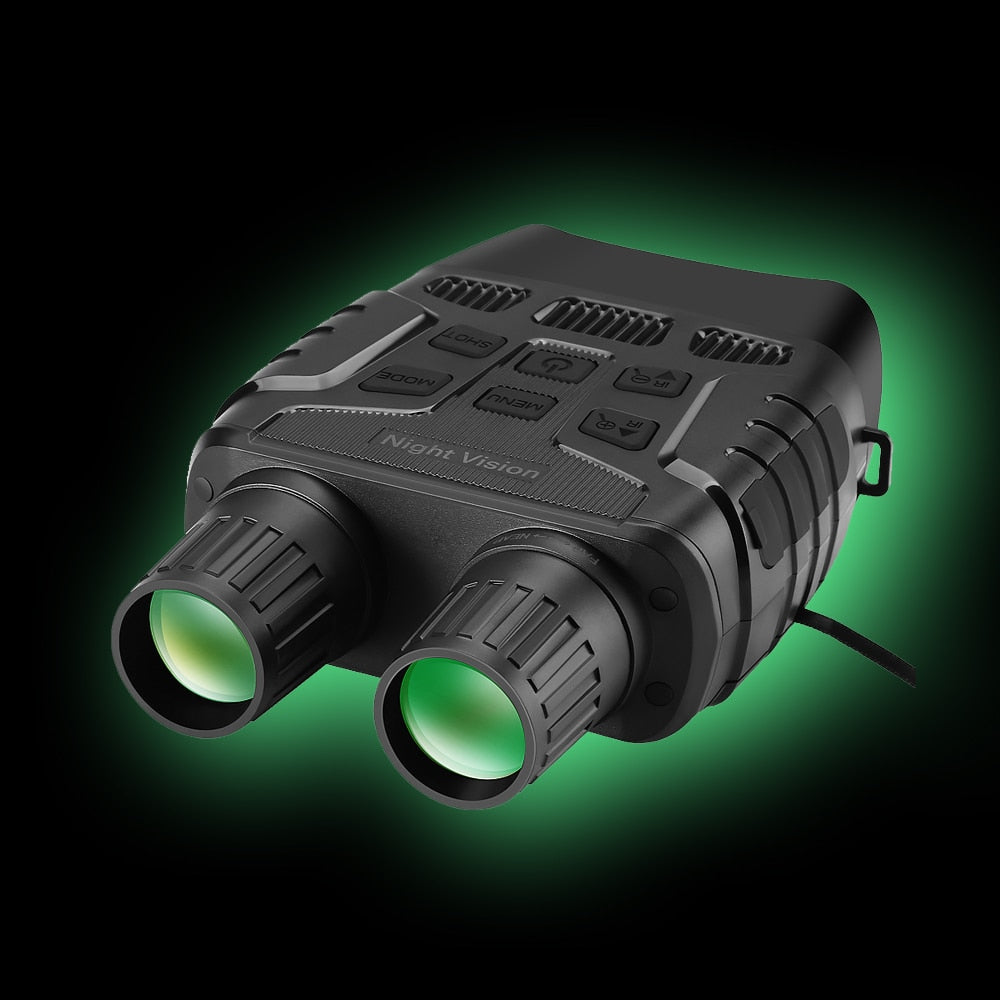What should I consider when buying night vision binoculars or goggles for hunting?
Binoculars are a simple tool but they have many uses. If you want to be a good hunter, you should invest in good quality binoculars, especially if you plan on hunting in the dark. There are two kinds of binoculars: Thermal and Infrared. Thermal binoculars are more expensive than infrared but they will increase your chances of finding and killing game during hunting trips.
Thermal binoculars are marvels of modern technology and in order to better understand them you must first learn how they work. At least, you should know the basics before you look for the best features. First, infrared binoculars work by reflecting and filtering light rather than scattering it. They absorb visible light and allow the rest to pass through.
The infrared heat that infrared binoculars create is not just energy used for illuminating objects but it is also used for heating materials. The light waves hit the surface of the glass or the plastic and create heat. This heat is then absorbed into the glass or the plastic and this heat radiates back into the eye. The infrared heat makes the image on the reticule on the opposite end of the reticule. To achieve this effect, infrared heaters are used. These heaters create infrared heat by using special bulbs. There are also thermal infrared cameras that are designed to give hunters a clear picture of the game and their surroundings.
Infrared binoculars come in two varieties. Thermal binocular are lightweight and affordable compared to infrared cameras. However, thermal binocular cannot be used at night because it is difficult to maintain light. For nighttime hunting, infrared video binocular is recommended. Video binoculars are usually less heavy and more expensive compared to other binocular types.
Thermal binocular have some advantages over other types of binocular. These are their flexibility and reliability. Thermal binocular are less prone to damage. If a hole develops in a glass or plastic, a thermal binocular can be replaced. This is also true of any other material used for thermal binocular such as plastic or fiberglass. Thermal binocular will never suffer from scratches as it is made of a sturdy material. Thermal binocs are also resistant to moisture, temperature, wind and humidity and dust.
However, some disadvantages of this type are that thermal minors cannot be used to see animals under the water because the lens has to be replaced when they become cloudy. It is also difficult to use in low-lying areas because it can become difficult to make it dry. Another disadvantage is that it does not provide a clear view of the object so you have to take it away from your target when shooting.
Thank you for taking the time to read this article! Our team here at Secure Lyfe appreciates your support and we value our community. Providing tip for the outdoors, hunting, fishing and camping is our passion. Want more content like this? Subscribe to our newsletter below.



